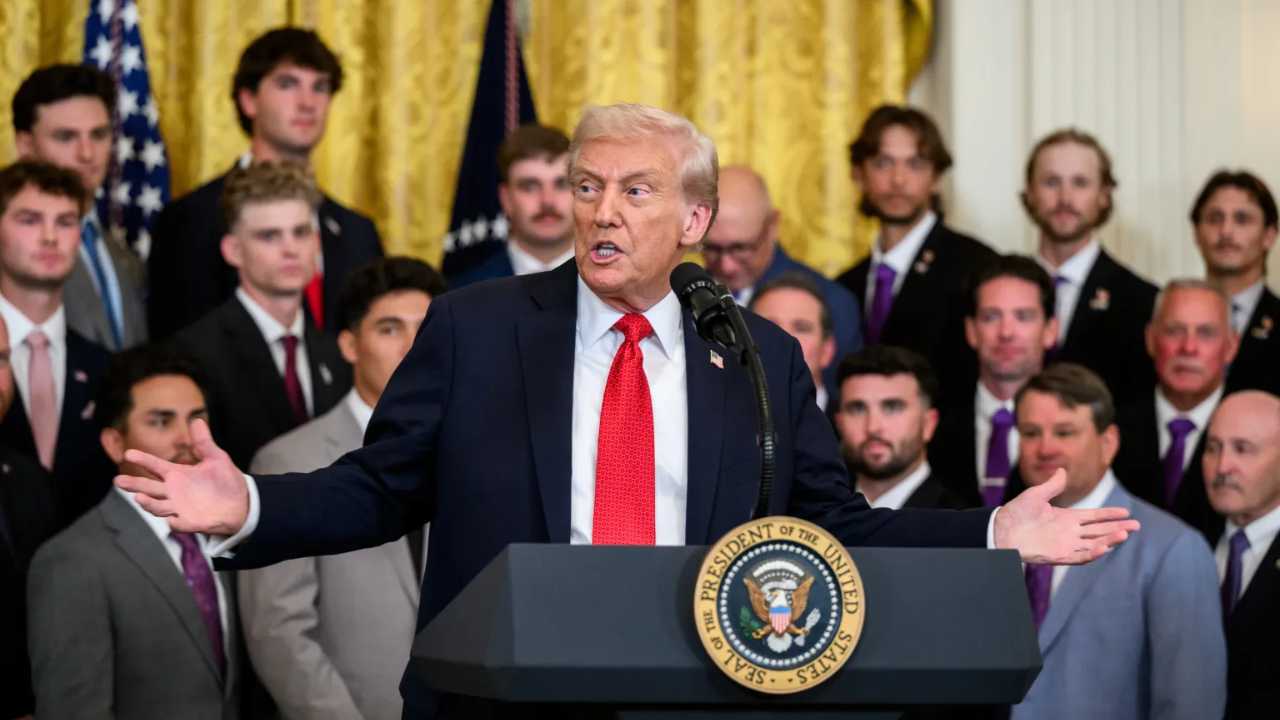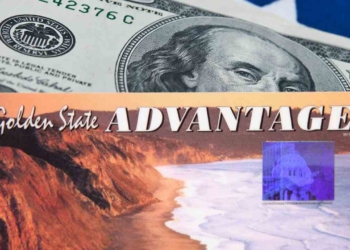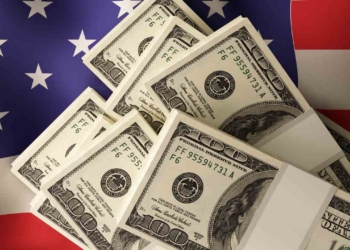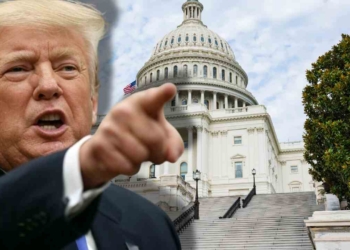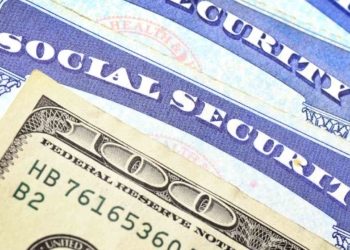President Donald Trump has revived discussions about direct stimulus checks for Americans, this time linking them directly to revenue generated by tariffs on foreign imports. In an October 2 interview with One America News, Trump described the measure as a “dividend for the American people.”
It could be similar to the stimulus checks distributed during the COVID-19 pandemic, but funded by the tariffs his administration has increased in recent months.
Could Trump’s $2,000 Stimulus Checks Hit Bank Accounts by November?
The proposal comes amid record tariff collections. According to Treasury Department data, tariff revenues have exceeded $300 billion so far in 2025, driven primarily by tariffs of 25% on Chinese goods and 10% on Mexican imports.
Trump emphasized that these funds, which he describes as “the people’s money,” would first be used to reduce the national debt, which currently stands at more than $35 trillion. “Number one, we pay down the debt. Because people have allowed the debt to get crazy,” the president stated in the interview. “But we could also make a distribution to the people, almost like a dividend to the people of America.”
The proposed amounts range from $1,000 to $2,000 per person, according to Trump’s statements. Sources close to the White House indicate that the $2,000 payment would be directed primarily to households with annual incomes below $100,000, although definitive eligibility criteria have not been detailed.
This structure seeks to offset the impact of tariffs on consumer prices, which analysts estimate will increase imported goods such as electronics and automobiles by an average of $500 per household. The IRS, for its part, has clarified that there is no official program in place and has warned against scams related to rumors of imminent payments in October.
How Trump’s Stimulus Checks Could Ease 2025 Price Hikes
The idea isn’t entirely new. In February 2025, Trump mentioned in a conversation with Elon Musk the possibility of $5,000 checks per person, framed as a “DOGE dividend“—a reference to the Department of Government Efficiency proposed by Musk and Vivek Ramaswamy. More recently, in July, the president suggested tariff rebates as part of his “America First” trade agenda. However, the October 2 mention marks a step forward, explicitly linking it to current tariff revenues.
The legislative process to implement this measure would require congressional approval, a step that has not formally begun. Members of the Senate Finance Committee have received brief preliminary briefings, but no bill has been submitted.
Tax policy experts note that, if approved, the payments could be distributed through the IRS in the form of direct deposits or postal checks, similar to the three stimulus packages in 2020 and 2021, which totaled $814 per person on average. In that case, the funds were disbursed within six to eight weeks of approval.
Are Those Stimulus Payments Coming Any Soon?
To date, the proposal remains under internal review at the White House. Trump has indicated that, if accelerated, the checks could arrive in November 2025, coinciding with the post-election period and the holidays. “We’re going to do something, we’re considering it,” the president reiterated, without committing to a fixed timeline.
The Treasury estimates that, with tariff projections for the rest of the year—around an additional $150 billion—there would be capacity to cover up to $600 million in initial payments, assuming a distribution limited to 300 million eligible recipients.

